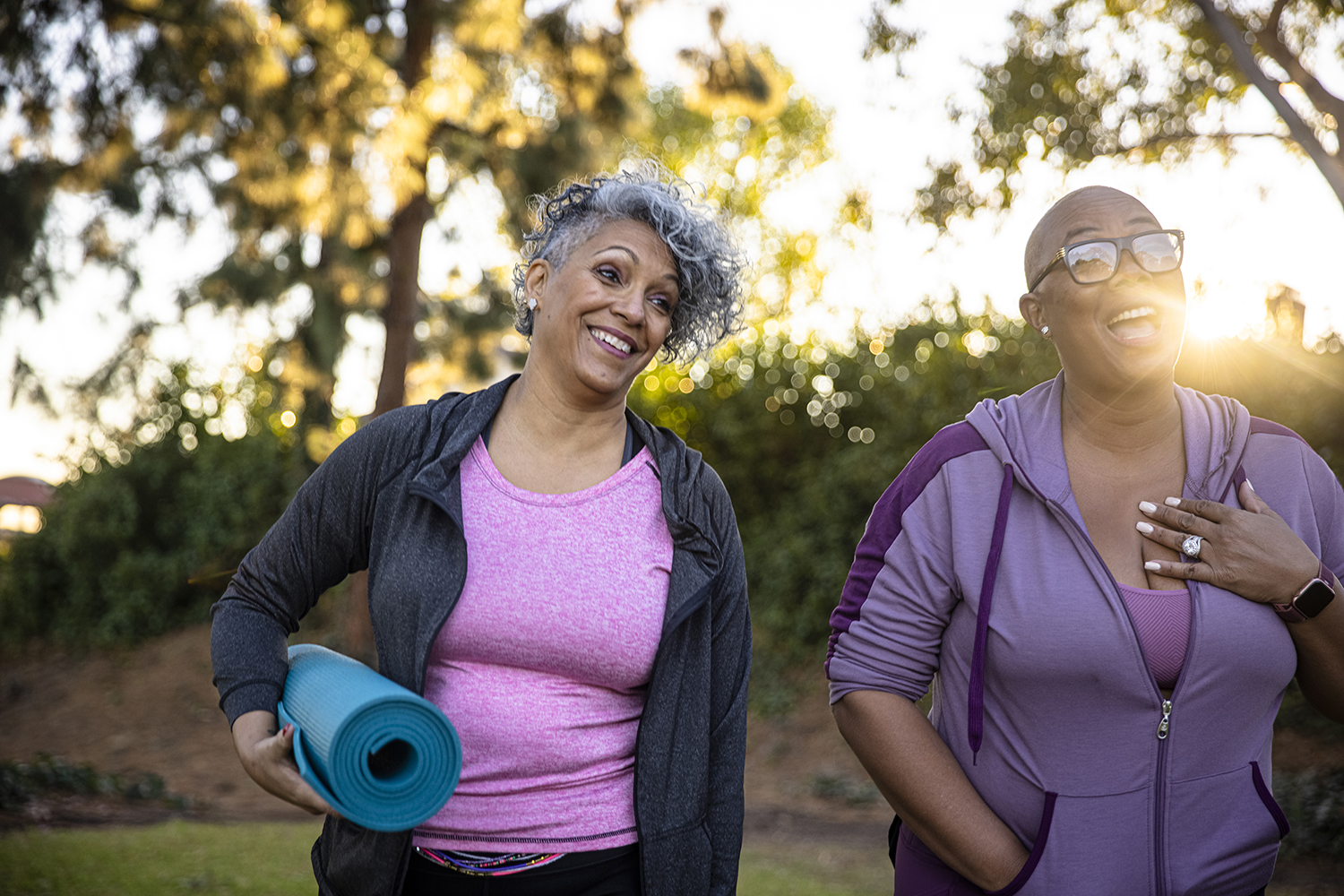Every Step Counts: Exercise is Key to Success for Cardiac Rehab Patients
Clinical exercise physiologist Dylan Daniels, EP, CCEP, has heard all the reasons why people can’t exercise, and he has a solution for each.

Exercise…
The word itself can spark anxiety for many. It’s easy to come up with excuses to avoid exercise, and even easier to fall into sedentary habits. Dylan Daniels, EP, CCEP, understands.
As a Clinical Exercise Physiologist at UVM Health Network – Elizabethtown Community Hospital Daniels’s job is to help patients who have avoided the “E” word and need help to get moving again.
“Lots of people think that they just can’t do it,” says Daniels, who most often works with older patients suffering from cardiac issues brought on, in large part, by not exercising. Younger patients, says Daniels, often don’t think about exercise because they feel healthy. But for anyone at any age, getting a little exercise each day can significantly improve physical and mental health.
Exercise of any kind can significantly reduce your risk of diabetes, high blood pressure and heart disease, which is the leading cause of death for both men and women in the US, according to the Centers for Disease Control and Prevention.
“I’ve seen people who could hardly walk 20 feet without having to stop and catch their breath,” says Daniels. But after working with them for just a few months, starting with basic exercises, they could do 30 to 40 minutes of exercise a day with no problem.
“We saw a decrease in their blood pressure, their resting heart rate decreased, even their posture improved,” he says.
Other patients are depressed, nervous, even afraid when Daniels first starts working with them. He remembers one patient with severe breathing issues that he feared wouldn’t make it. “The first few weeks were rough,” says Daniels. “But by the end, they were so happy they cried tears of joy.”
Daniels says it takes a lot of effort to change someone’s habits when they’ve been doing the same thing for decades. But the best part of his job is watching them transform. “To be able to work with patients and see the difference, especially when they see the difference in themselves, that makes all the time that we put in worth it.”
Here’s his top five tips to get yourself moving.
No More Excuses
“I can’t run or do workouts”
Daniels says “Start small, but start now.” Any activity that gets blood flowing through your limbs and raises your heart rate is a good start. Go for a walk, lift some hand weights or do basic calisthenics like squats, lunges and knee raises. If you need a plan to stay motivated, Daniels recommends setting a S.M.A.R.T. goal (Specific, Measurable, Attainable, Relevant and Timely.) Just be sure to make that goal attainable to avoid frustration, which will help you stick to it.
“I work all day”
Daily exercise doesn’t require a sweat session or major interruption to the work day to make an impact. Just get moving. Every hour, stand up from your desk for five minutes, stretch your arms above your head and shake out your legs. Walk down the hall. Go downstairs. Take a lap around the parking lot or your home. Five minutes of movement will help get blood flow going and give you a little break from work, which has also been proven to help productivity.
”I’m not feeling very strong”
Even if you have some mobility or flexibility challenges, there are things you can do to get started. Again, any movement is better than no movement. Start with a “Seated March” by raising each foot off the ground as if you were marching in place, but seated. Or, try standing up from that chair if you can do so safely, using as little arm power as possible. Even a soup can in each hand, using them like dumbbells for arm curls, can be a good exercise. Try any of these for five minutes at least twice a day to get started.
”I don’t have a gym membership”
An easy-to-moderate walk (something that gets you moving and your heart rate up a bit) is really good for you. Try taking a walk for 30 minutes daily. Over time you can add more distance or increase your pace to make your walk more challenging.
“I can’t stay motivated”
Tell your friends! Let them know about your exercise goals to keep you motivated and accountable. Maybe even get them to join you! Daniels recommends at least a five minute exercise twice a day, working up to 30 minutes at least five days a week.
Again, whatever you choose to do, make sure it is realistic. And don’t forget: when you reach your goal, reward yourself!
